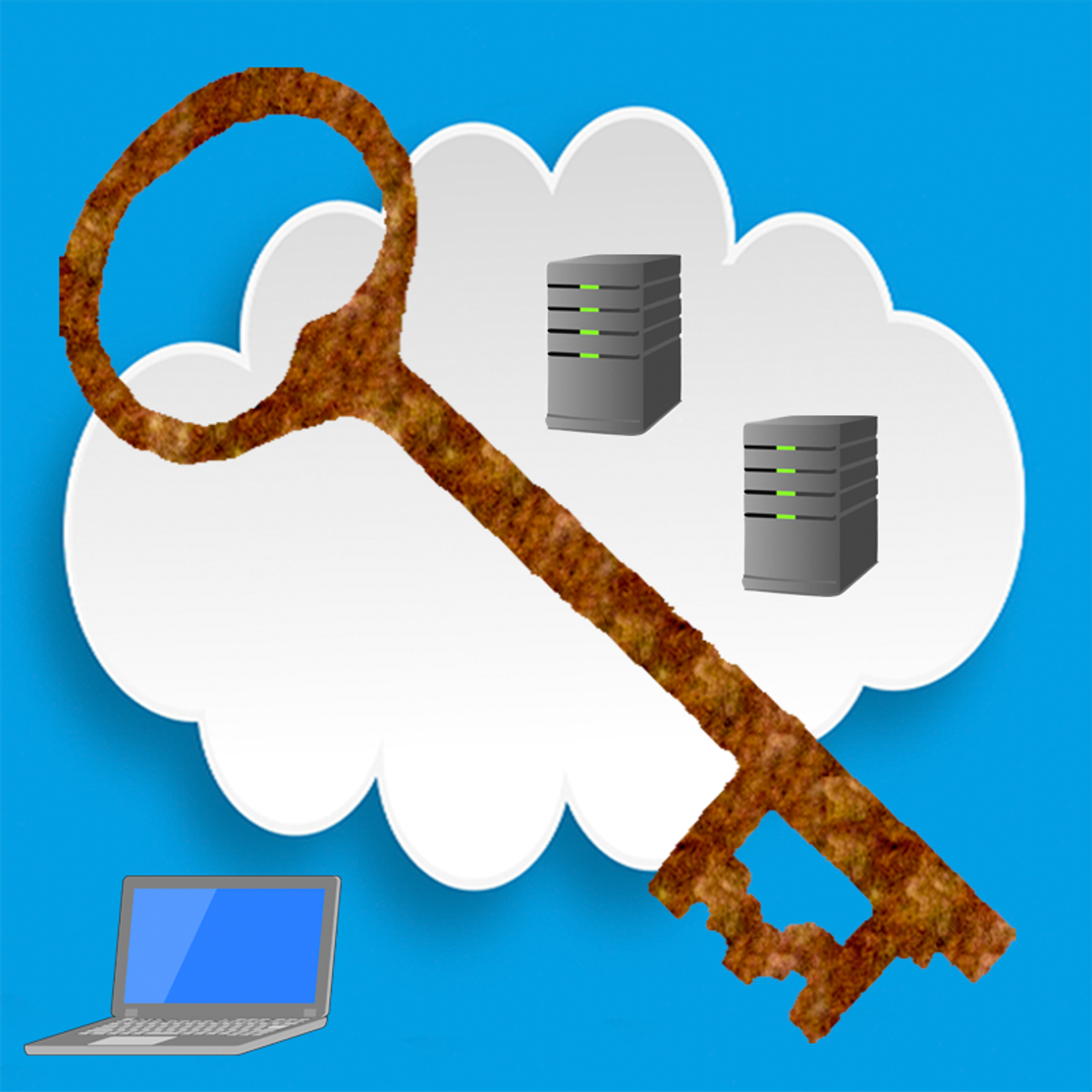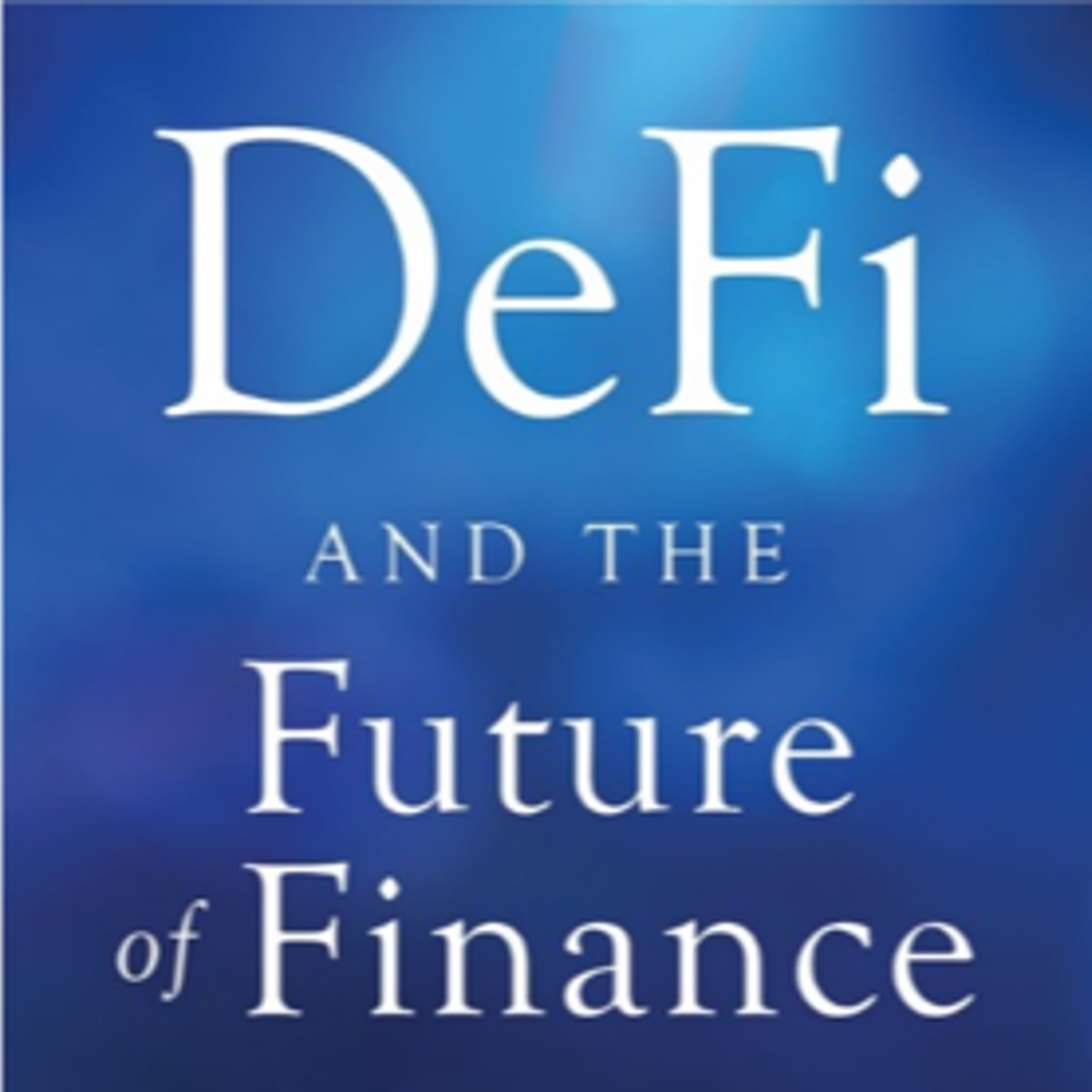Back to Courses









Security Courses - Page 5
Showing results 41-50 of 173

Check Point Jump Start: Quantum Management
"Check Point's Quantum is the best Threat Prevention solution on the Market! It offers uncompromising Security, consistently preventing both known and unknown Zero-day attacks. Check Point Quantum Network Security provides ultra-scalable protection against Gen V cyber attacks on your network, cloud, data center, IoT, and remote users.
This course includes these modules:
1. Intro
2. Installing Gaia
3. Running the First Time Wizard.
4. Installing SmartConsole
5. Establish SIC
6. Create & installing Policy
7. Enable application control blade
8. Enable IDA blade
9. Enable HTTPS Inspection
10. Enable Autonomous Threat Prevention
11. Adding License
12. CPUSE SmartConsole
13. Gathering cpinfo
This course is suitable for new Check Point customers with no prior experience configuring or administrating Check Point Network Security products."
To learn more about Check Point Training, see:
https://www.checkpoint.com/mind/
https://training-certifications.checkpoint.com/#/

Cybersecurity Capstone: Breach Response Case Studies
This course gives you the background needed to gain Cybersecurity skills as part of the Cybersecurity Security Analyst Professional Certificate program.
You will explore incident response methodologies and security models. You will learn to recognize and categorize key types of vulnerabilities and associated attacks against today's organizations. You will explore in depth several past and recent breaches to learn how they were detected and what was done or could have been done to reduce the threat risk to the organization.
Finally, you will explore the costs of data breaches through research studies and well known breaches.
This course requires you to select and research a cybersecurity breach in the news today and apply your knowledge and skills from this course and previous cybersecurity courses to analyze the type of attack, attack timeline, vulnerable systems, and any missed opportunities. This project will be graded by your peers in the course.
This course is intended for anyone who wants to gain a basic understanding of Cybersecurity or as the seventh and final course in a series of courses to acquire the skills to work in the Cybersecurity field as a Cybersecurity Analyst.
The completion of this course also makes you eligible to earn the Cybersecurity Capstone: Breach Response Case Studies IBM digital badge. More information about the badge can be found https://www.youracclaim.com/org/ibm/badge/cybersecurity-breach-case-studies .
In this course, you will learn to:
● Apply incident response methodologies.
● Research and describe a watering hole attack.
● Research and describe ransomware threats and the consequences to organization.
● Research and describe 3rd party breaches and how they affect an organization.
● Research and describe the effects of a phishing attack.
● Research and describe a point of sale attack and approximate cost of data breaches.
● Perform a case study on a current cyber attack and breach.

Healthcare Data Security, Privacy, and Compliance
In the final course of the Healthcare IT Support program, we will focus on the types of healthcare data that you need to be aware, complexities of security and privacy within healthcare, and issues related to compliance and reporting. As a health IT support specialist, you’ll be exposed to different types of data sources and data elements that are utilized in healthcare. It’s important for you to understand the basic language of healthcare data and for you to recognize the sensitive nature of protected health information (PHI). Maintaining data privacy and security is everyone’s responsibility, including IT support staff! We’ll go into detail about HIPAA and the risks associated with security breaches, ransomware and phishing. We’ll go into detail about some of the key laws and regulations specific to healthcare and the importance of compliance with them.
You'll leave this course well versed on the Stark Law, the Joint Commission and the purpose of quality measures.
We wrap up the Healthcare IT Support certificate with tips on job interviews, skills that can make you standout, and words of advice on the endless possibilities in this dynamic and growing field. Make sure you talk to others who’ve been there before about the process of being hired at a large health system. Be rest assured that you’ll receive training when you start a new role, and you might even be partnered with someone else for the first few weeks as you get onboarded. Remember, this is not the end--rather, it’s just the beginning of the next step in your journey!

Google Kubernetes Engine Security: Binary Authorization
This is a self-paced lab that takes place in the Google Cloud console. This lab deploys a Kubernetes Engine Cluster with the Binary Authorization feature enabled; you'll learn how to whitelist approved container registries and the process of creating and running a signed container.

Authentication, Authorization, and Identity with Vault
This is a self-paced lab that takes place in the Google Cloud console. In this hands-on lab, you will learn to use authentication and authorization methods within Vault. You will also create users, aliases, entities, and groups.

Data Encryption using AWS KMS From UST
Welcome to this Guided Project on Data Encryption using AWS KMS, From UST.
For more than 20 years, UST has worked side by side with the world’s best companies to make a real impact through transformation. Powered by technology, inspired by people and led by their purpose, they partner with clients from design to operation.
With this Guided Project from UST, you can quickly build in-demand job skills and expand your career opportunities in the Securities field by learning how to use AWS KMS for Cryptographic Operations.
Join me as we explore different approaches to the Encryption / Decryption Process and learn how to create Symmetric and Asymmetric Customer Keys. Combining detailed explanations with practical experience, by the end of this project, you will be able to Encrypt/ Decrypt your sensitive data using the regional service, AWS KMS (Key Management Service).
If you dream about working in high profile industry jobs as a Data Security specialist, this project is a great place to start. This is a beginner level project, and does not require any previous experience.
Enroll now to get started!

Cloud Top Ten Risks
After completing the course, the student should be able to do the following:
● Associate lists of OWASP Top Ten Risks with major cloud cybersecurity risks.
● Apply appropriate cryptographic techniques to secure authentication mechanisms and cloud data.
● Identify the most effective strategies for resisting injection attacks, cross-site scripting attacks, and object deserialization attacks.
● Assess strategies to address risks posed by administrative failures, including misconfiguration, broken access control, vulnerable software components, and security monitoring.

Decentralized Finance (DeFi) Deep Dive
DeFi and the Future of Finance is a set of four courses that focus on decentralized finance. The third course is called DeFi Deep Dive. It is essential that you do the first two courses I. DeFi Infrastructure and II. DeFi Primitives before doing this course. It is the longest of the four courses and focuses on some of the leading protocols in the DeFi space. We will look at Credit and Lending (and feature MakerDAO, Compound and Aave), Decentralized Exchange with an analysis of how protocols like Uniswap and Balancer works, Derivatives (featuring Yield Protocol, dYdX and Synthetix) and Tokenization with an analysis of Set Protocol as well as wrapped bitcoin. For many of these leading protocols, we include detailed examples of how the mechanics work. For example, we show how to use a dYdX flash swap to execute an arbitrage transaction (take advantage of different prices on different exchanges for the same asset).

DDoS Attacks and Defenses
In this MOOC, you will learn the history of DDoS attacks and analyze new Mirai IoT Malware and perform source code analysis. you will be provided with a brief overview of DDoS Defense techniques. You learn an Autonomous Anti-DDoS Network called A2D2 for small/medium size organizations to deal with DDoS attacks. A2D2 uses Linux Firewall Rate limiting and Class Based Queueing, and subnet flood detection to handle various DDoS traffic types. You learn the new Intrusion tolerance paradigm with proxy-based multipath routing for DDoS defense. By developing and deploying such a new security mechanism, you can improve performance and reliability of the system at the same time and it does not have to be just an overhead. By the end of this course, you should be able to analyze new DDoS malware, collect forensic evidences, deploy firewall features to reduce the impact of DDoS on your system and develop strategies for dealing with future DDoS attacks.
For the pre-requisites, we recommend the learners take the Design and Analyze Secure Networked Systems course to learn the basic security concepts and principles and take the Secure Networked System with Firewall and IDS courses to learn the basic firewall and IDS systems.

Accelerating GKE Incident Response with Prisma Cloud and Cortex XSOAR
This is a self-paced lab that takes place in the Google Cloud console. Learn how to automate the response to a security incident with Prisma Cloud Compute, Cortex XSOAR, additional integrations, and a playbook.
Popular Internships and Jobs by Categories
Find Jobs & Internships
Browse
© 2024 BoostGrad | All rights reserved